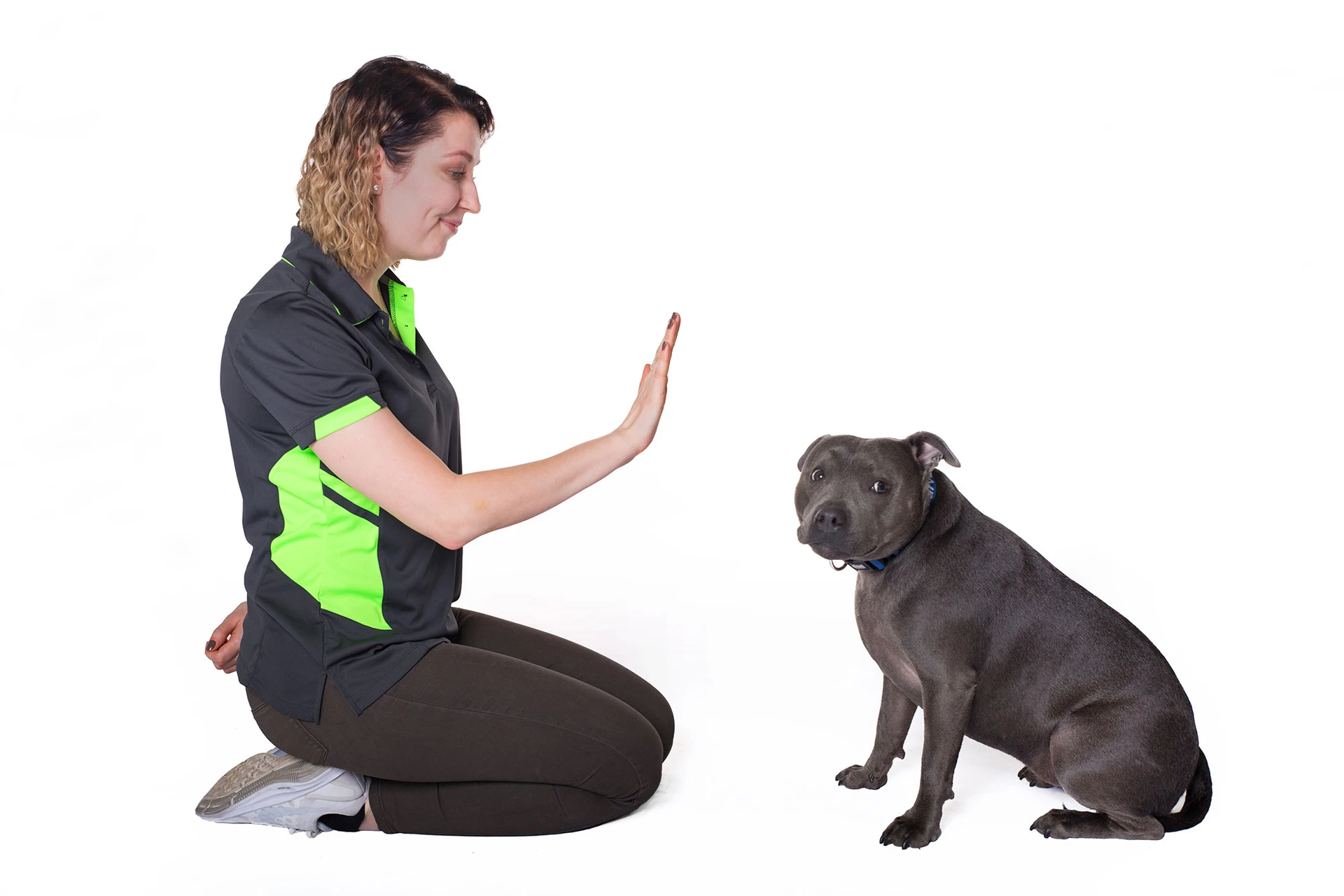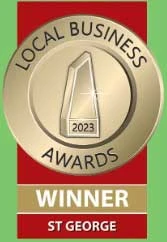Food Reward, How to Use It Right?
Food Reward In Dog Training – Advice From an Experienced Dog Trainer
Positive reinforcement is scientifically regarded as the most effective dog training method. It means that using a positive reward, like food, increases the likelihood of desirable behaviour. While the basics of reward based dog training are quite easy to understand, people seem to struggle with using treats. They tend to use either too many or too few treats.
“My dog will only sit if I have a treat.” As an experienced dog trainer, I have heard and seen this happen number of times and in most cases it indicates that the dog was rewarded for sitting on cue too often and for far too long. As a result, the dog had learned two things needed to happen: the sit cue (vocal or hand signal) and a treat. If either were not true, he’d choose something more interesting to do.
Continuous reinforcement or none at all can both lead to lower command compliance
When ever we are teaching a new command “Continuous Reinforcement” is what we should use. For example, when teaching a puppy to sit, rewarding each successful completion is important for increasing the likelihood of the behaviour. In this early stage the focus is on pairing the verbal cue and/or hand gesture with the behaviour.
But we can’t do it for too long. Why bother sitting quickly, or at all, when a treat invariably appears? Constant reward used for too long causes the dog to become dependent on the reward. And this causes a situation where your dog will refuse to work unless food is presented. Before reaching that point it’s time to move to a less predictable reward schedule.
Variable Ratio Reinforcement
When you are training a new command, once the dog knows what is expected of him, you need to move onto variable ratio reinforcement. This means randomly rewarding successful completions. Start with a low ratio, for example, rewarding one out of every three trials, then increase the ratio over the course of several training sessions. The idea is to keep him guessing and working! Eventually the behavior should become a happy habit. But to keep commands fresh, you must continue to occasionally reward your dog for life. Don’t become the slot machine that never pays a jackpot!
Differential Reinforcement of Excellent Behavior
This is a fancy way of saying “better performance earns bigger rewards”. Once you’ve worked through Continuous Reinforcement and Variable Ratio, you can finish training the command by rewarding only the best completions.
Advancing through these three levels is flexible, and you may need to combine aspects of more than one as you progress. Always be ready to take a step back if you’ve moved too fast!




Hi Aniina, we have a nine month golden retriever cross who want to bring to your Obedience training. We also…
Good afternoon, How old does your dog have to be to commence at the beginners agility dog class. 12month?? Thank…
Hi, I have a 3 year old cocker spaniel who is quite reactive. She reacts to bikes, bicycles, children, and…
Hi Can I bring my Daughter along to the Puppy class? thanks
Hi Anniina. What if one of the Saturdays is raining? Is the class pushed out to the next week or…